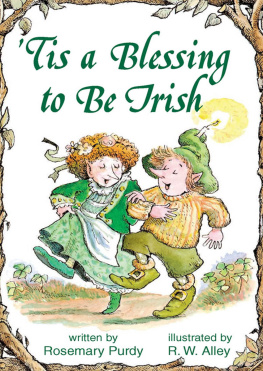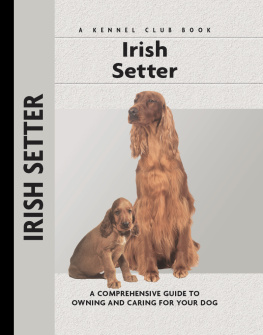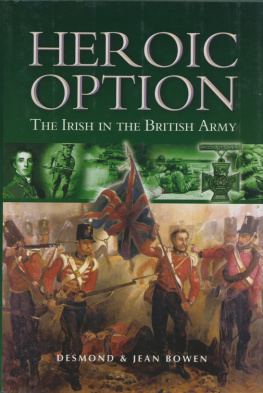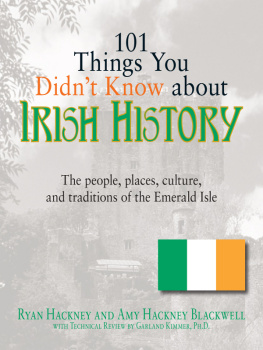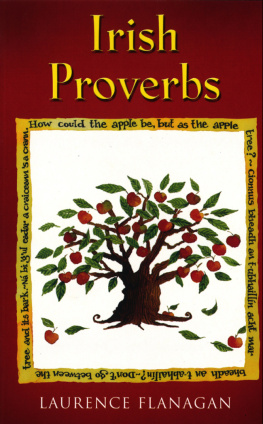Illustrations
Map of Ireland in 1450 (public domain)
Hugh ONeill, Earl of Tyrone (public domain)
Map of 16th Century Irish Lordships, circa 1534 (K. W. Nicholls, Oxford University Press, used with permission)
Spanish King Philip II and Queen Mary I of England (public domain)
Ireland in the Middle of the 16th Century (Classic Image-Alamy, used with permission)
The 9th Earl of Kildare, Garret Og FitzGerald (public domain)
Ruins of Maynooth Castle (photo credit William Murphy, public domain)
Cardinal Thomas Wolsey ( National Portrait Gallery, London, used with permission)
Thomas Cromwell ( National Portrait Gallery, London, used with permission)
Henry VIII ( National Portrait Gallery, London, used with permission)
Silken Thomas FitzGerald, Lord Offaly (public domain)
Silken Thomas FitzGerald Renounces His Allegiance to King Henry VIII (Pictorial Press Ltd.-Alamy, used with permission)
Queen Elizabeth I ( National Portrait Gallery, London, used with permission)
Black Tom, the 10th Earl of Ormond, Thomas Butler (public domain)
Ormond Castle, Carrick-on-Suir (photo credit Humphrey Bolton, public domain)
Askeaton Castle, County Limerick (public domain)
Sean an Diomais (Shane the Proud) (Linen Hall Library, used with permission)
The Murder of Shane ONeill by the MacDonnells at Cushendun, County Antrim, 1567 (Classic Image: Alamy, used with permission)
The Earl of Leicester, Robert Dudley (public domain)
Sir Henry Sidney ( National Portrait Gallery, London, used with permission)
Sir John Perrot, mezzotint after George Powle, Wikimedia commons, public domain)
Lord Burghley, Sir William Cecil ( National Portrait Gallery, London, used with permission)
Carrigafoyle Castle (Arcaist, Wikimedia creative commons)
Irish Kerns by Albrecht Durer, 1521 (public domain)
Submission of Turlough Luineach ONeill to Sir Henry Sidney (public domain)
Rocky Cairn Grave of Shane ONeill at Cushendun (public domain)
The Death of the Earl of Desmond (Classic Image: Alamy, used with permission)
Sir Philip Sidney ( National Portrait Gallery, London, used with permission)
Sir Richard Bingham ( National Portrait Gallery, London, used with permission)
Lord Darnley and Mary Queen of Scots (public domain)
Walter Devereaux, 1st Earl of Essex ( National Portrait Gallery, London, used with permission)
Ruins of Dunluce Castle on the North Coast of Antrim (Library of Congress)
Penshurst Place ( Penshurst Place, used with permission)
The ODonnell Castle at Donegal with 17th century windows and towers and a modern addition (Library of Congress)
Enniskillen Castle of the Maguires (photo credit Marian McCaffrey, public domain)
Illustrated Siege Map of Enniskillen ( The British Library Board, used with permission)
Meeting of Robert Devereaux, 2nd Earl of Essex, and the Earl of Tyrone in County Louth (Classic Image/Alamy, used with permission)
Charles Blount, Lord Mountjoy (public domain)
Don Juan Del Aguila (public domain)
Sir Arthur Chichester, Lord Deputy of Ireland (public domain)
The Departure of ONeill out of Ireland (Thomas Ryan/RHA, used with permission of the artist)


